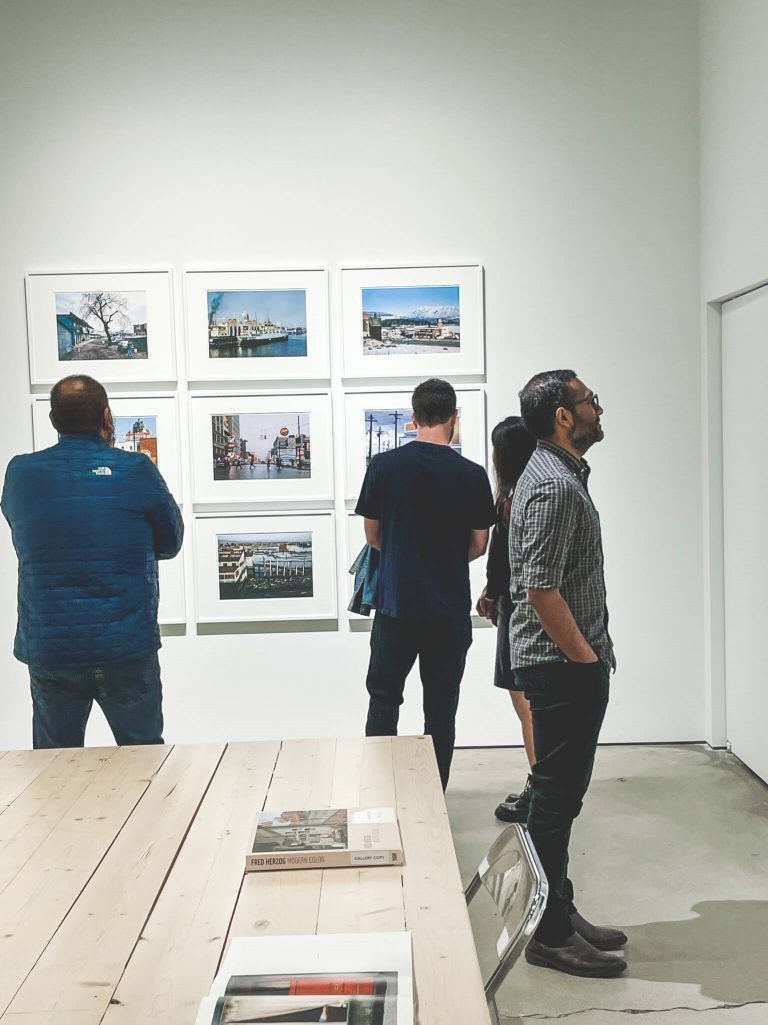
As a curator, art historian, and educator, I know that answering this question is no simple task. It’s not just a matter of personal opinion—it’s a question that has fueled centuries of debate, study, and even controversy.
For the ancient Greeks, not all creative practices were considered “high art.” Poetry and music were revered, while painting and sculpture were seen as manual crafts rather than intellectual pursuits. In the Renaissance, the visual arts gained status, and by the 19th and 20th centuries, artists began pushing the limits of what art could be—from abstract painting to conceptual installations, performance, and even everyday objects repurposed as art.
The truth is, what art is is always in flux. Definitions change, and with each shift, controversy follows. What was once rejected as “not art” (think Impressionism, street art, or even photography) often becomes deeply influential later on. That’s why this question is at the core of Curated Tastes—it’s not just about seeing art, but about engaging with it, questioning it, and understanding how our perceptions evolve.
And what better way to explore this than by experiencing art firsthand? Join us on our art tours, where you’ll meet curators, artists, and fellow art lovers. See murals, exhibitions, and hidden gems across Vancouver, and most importantly—talk about them! Art is for everyone, and we are passionate about making it feel alive and accessible.
For those eager to go deeper, I also offer engaging and fun art history classes that provide context and insight into the shifting definitions of art over time. Whether you’re an artist, a casual observer, or just curious, there’s a place for you in our conversations.
We’d love to share our knowledge and hear your thoughts—because art isn’t just about what we see, but what we experience together. Come explore with us! – Miret